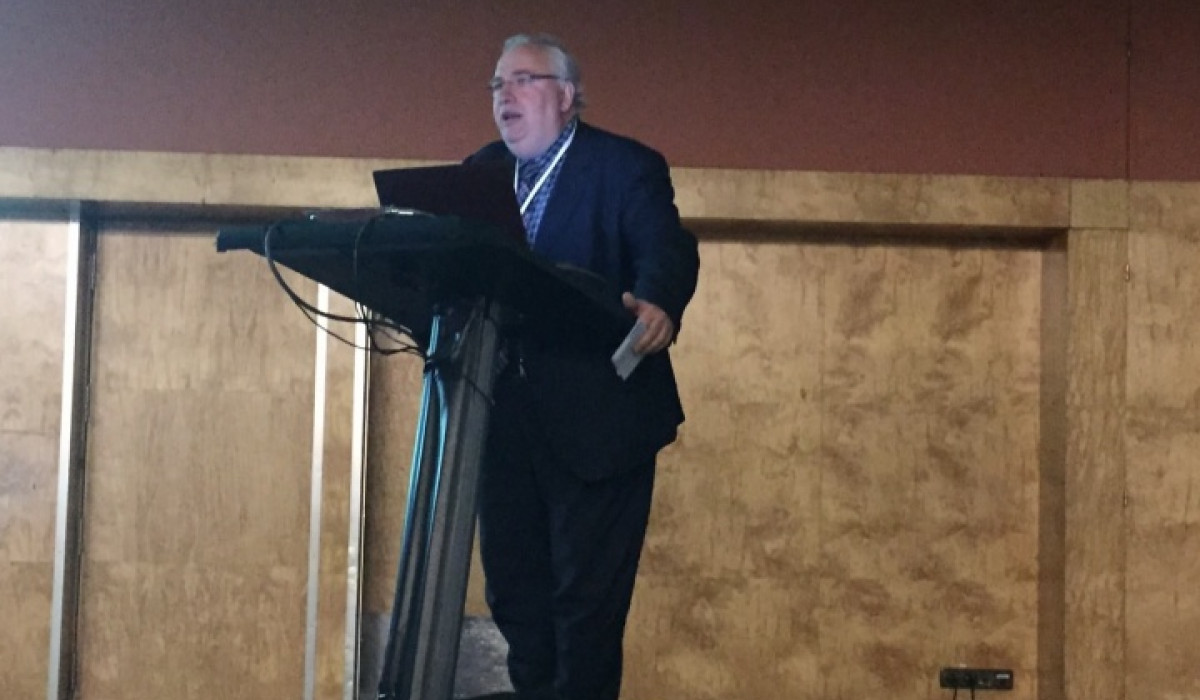Gynecology experts recommend prescription of chondroitin sulfate and glucosamine for the treatment of severe osteoarthritis
- 8 out of 10 menopausal women suffer from joint pain, with more than half defining their pain as “intense”, or “insufferable”
- Osteoarthritis is one of the most prevalent diseases in menopausal women- according to the experts it is an under-diagnosed disease
- Recent studies have determined that combination of chondroitin sulfate and glucosamine is an efficient and safe option that can be prescribed by gynecologists on a regular basis

Joint healthcare in women was one of the highlighted subjects at the 12th Symposium on Controversies in Gynecology, which was held in Barcelona on 4-5 March 2015. According to the Menopausal Women and Osteoarthritis Study, 84 percent of menopausal women suffer from joint pain, and, among them, 61 percent define her pain as “intense” or “insufferable”.
After menopause, the prevalence of osteoarthritis in women experiences a noticeable increase. More precisely, 33.6 percent of women that participated in the study were diagnosed with osteoarthritis. Osteoarthritis is a disease that, according to women’s health experts, is an under-diagnosed condition that negatively affects their quality of life.
As Dr. Elena Ruiz commented during the scientific session on controversies and updates in osteoarthritis, “The MMYA study confirmed that menopausal women often suffer an intense and insufferable pain as measured by the Cervantes quality of life scale. In these cases, a combination of chondroitin sulfate and glucosamine is recommended, because it is as efficient as NSAIDs, with the added advantage of being more secure, and therefore it can be prescribed by the gynecologists on a regular basis”.
More precisely, the data of the MOVES study recently published by the Annals of the Rheumatic Diseases journal confirmed that the combination of chondroitin sulfate and glucosamine has an efficacy comparable to that of Celecoxib in the treatment of severe knee osteoarthritis. The results after six months of treatment proved that the combination of chondroitin and glucosamine reduces pain, functional disability, stiffness, inflammation and joint liquid effusion in a clinically relevant way, and that this combination, unlike anti-inflammatory drugs, has a high safety profile.


